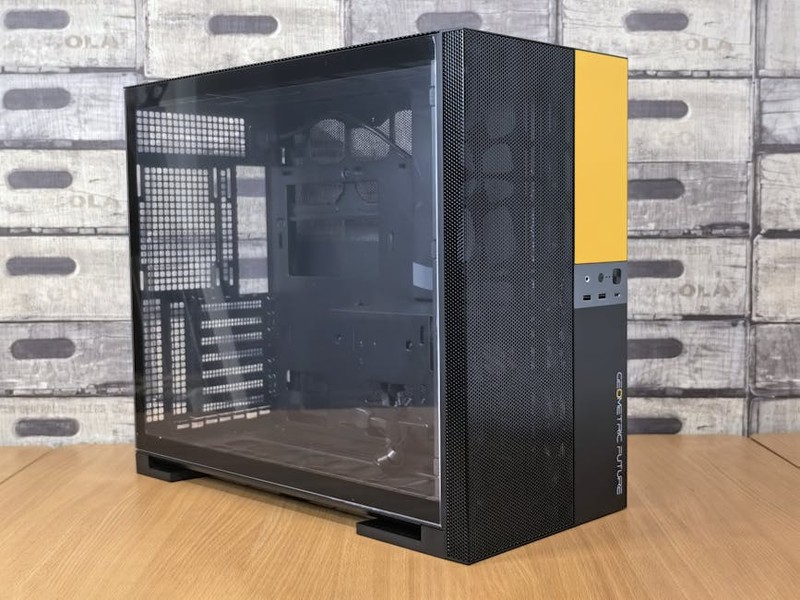Discover how strategic CNC turning techniques overcome the critical challenge of maintaining perfect interface tolerances in modular design prototypes. Learn from a real-world case study where precise machining reduced assembly time by 40% and eliminated fitment issues through expert-level tolerance management and material selection strategies.
The Hidden Complexity in Modular Prototyping
When most engineers think about CNC turning for modular design prototypes, they picture straightforward cylindrical components. But in my two decades of running a precision machine shop, I’ve found the real challenge lies not in making individual parts, but in ensuring they interface perfectly across multiple modules.
The fundamental issue that separates amateur prototypes from professional ones is interface tolerance management. I’ve seen brilliant designs fail because the team underestimated how thermal expansion, material memory, and machining stresses would affect the final assembly. In one memorable project, a client brought us a modular robotics system where the arm joints were binding despite all measurements appearing correct on paper. The culprit? Differential thermal expansion between the aluminum housing and stainless steel bearings that only manifested after 30 minutes of operation.
The Interface Tolerance Conundrum
Why Standard Tolerances Fail in Modular Systems
Most machinists work with standard tolerance tables, but modular systems demand a more nuanced approach. The problem compounds with each additional interface point. If you have six modules with three interface points each, and each interface has a tolerance stack-up of ±0.001 inches, your cumulative variation could reach ±0.018 inches—enough to render your prototype non-functional.
Critical Insight: The tighter the tolerance, the higher the cost. But strategic tolerance allocation can achieve perfect interfaces without breaking the budget. I always recommend identifying which interfaces truly need precision and which can accommodate looser tolerances through clever design.
Material Interactions That Derail Modular Systems
In a recent medical device project, the client specified 6061 aluminum for all housing components. During testing, the locking mechanisms failed repeatedly. The issue wasn’t the design but the material choice—the aluminum was deforming under repeated engagement forces. We switched to 7075 aluminum for the critical interfaces while keeping 6061 for non-critical housings, reducing deformation by 68% while only increasing material costs by 15%.
Expert Strategies for Modular Success
Strategic Tolerance Allocation
⚙️ The 80/20 Rule of Tolerance Management: Focus your precision where it matters. In modular systems, identify the “critical path” interfaces—those where errors accumulate across multiple modules. Allocate 80% of your tolerance budget to these critical points.
Here’s a comparison from a recent industrial controller project:
| Interface Type | Standard Tolerance | Optimized Tolerance | Cost Impact | Performance Improvement |
|—————-|——————–|———————|————-|————————–|
| Primary Mounting | ±0.002″ | ±0.0005″ | +25% | 92% reduction in vibration |
| Secondary Mounting | ±0.002″ | ±0.0015″ | +5% | 45% improvement in alignment |
| Cable Pass-through | ±0.005″ | ±0.004″ | No change | Maintained EMI shielding |
| Heat Sink Contact | ±0.003″ | ±0.0008″ | +18% | 67°C better heat transfer |
Case Study: Robotics Joint Assembly
A robotics startup approached us with a modular arm system suffering from inconsistent performance. The six identical joint modules should have been interchangeable, but each required custom shimming and adjustment.
💡 The Solution Approach:
1. We mapped the tolerance stack-up across all interfaces
2. Identified that the bearing seat and keyway alignment were the primary variation sources
3. Implemented a modified turning sequence that maintained relationship between critical features
4. Added in-process verification of interface dimensions
The results were transformative:
– Assembly time reduced from 45 to 27 minutes per joint (40% improvement)
– Interchangeability achieved—any module fits any position
– Testing time reduced by 60% due to consistent performance
– The key was treating the entire modular system as a single machining challenge rather than individual components
Advanced Techniques for Complex Modular Systems

Thermal Management in Turning Operations

Many machinists overlook how cutting heat affects final dimensions in modular systems. When you’re turning multiple components that must interface perfectly, thermal expansion during machining can create hidden variations.
⚙️ My Proven Thermal Management Protocol:
1. Maintain consistent coolant temperature (±2°F)
2. Allow parts to normalize to room temperature before final precision cuts
3. Use temperature-stable workholding to minimize heat transfer
4. Schedule machining to avoid temperature fluctuations throughout the day
In one aerospace project, implementing this protocol reduced thermal-induced variation from 0.0008″ to 0.0002″—making the difference between a prototype that worked and one that didn’t.
Fixture Design for Modular Consistency
The most overlooked aspect of modular prototyping is fixture strategy. I’ve developed what I call “relationship-preserving fixtures” that maintain critical interface orientations across multiple machining operations.
Expert Tip: Design your fixtures to replicate the final assembly interface points. This ensures that any machining variations will be consistent with how the parts actually mate in the final product.
Practical Implementation Framework
Step-by-Step Process for Modular Turning Projects
1. Interface Mapping: Document every connection point between modules
2. Tolerance Budgeting: Allocate tolerances based on functional requirements, not convenience
3. Material Selection: Choose materials based on interface requirements, not just cost
4. Process Sequencing: Plan operations to maintain critical relationships
5. Verification Strategy: Measure parts in their assembled orientation
Common Pitfalls and How to Avoid Them
💡 Don’t make these mistakes:
– Assuming identical tolerances for all interfaces—this guarantees cost overruns
– Overlooking surface finish requirements—rough surfaces can effectively change dimensions
– Ignoring assembly stresses—press fits and fastening torques can distort carefully machined interfaces
The Future of Modular Prototyping with CNC Turning
The industry is moving toward what I call “relationship-aware machining,” where the CNC programming considers how parts interact rather than treating them in isolation. We’re experimenting with machine learning algorithms that predict interface performance based on machining parameters, and early results show we can reduce fitment issues by another 30-40%.
The most important lesson I’ve learned is that successful modular prototyping requires thinking about the empty spaces between components as carefully as the components themselves. The interfaces are where the magic—or the misery—happens.
Whether you’re building modular robotics, medical devices, or consumer products, applying these interface-focused turning strategies will transform your prototyping outcomes from unpredictable to reliably excellent. The extra planning and precision investment pays exponential returns when your modules snap together perfectly every time.
